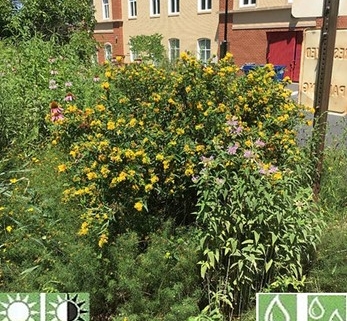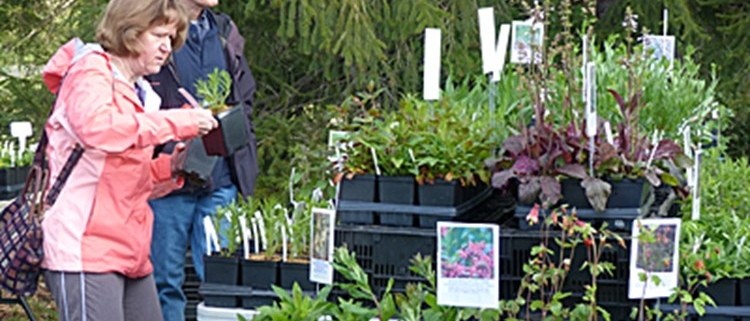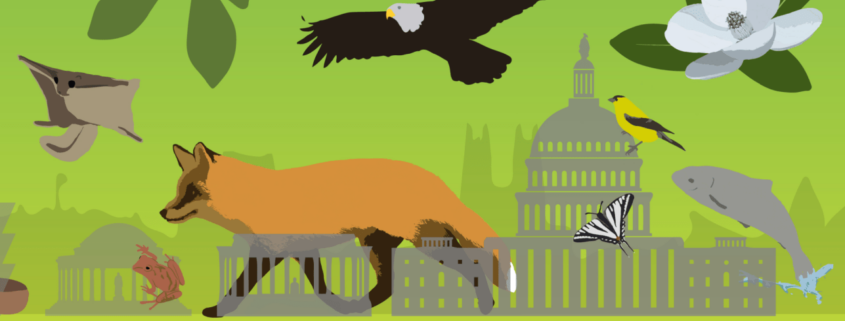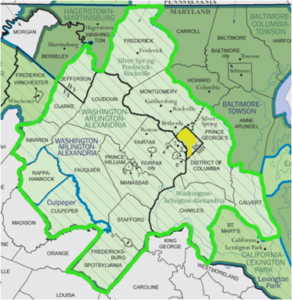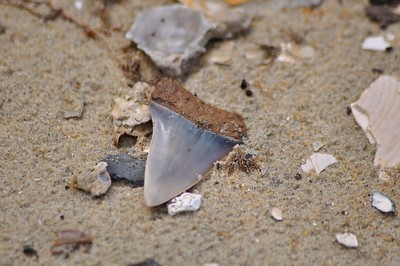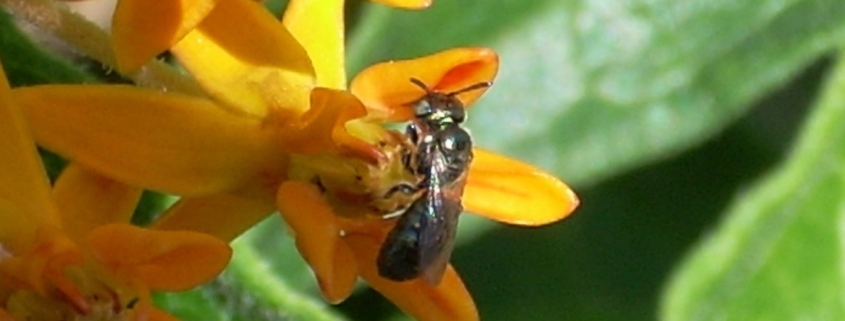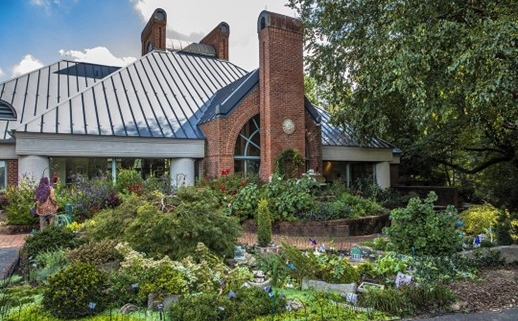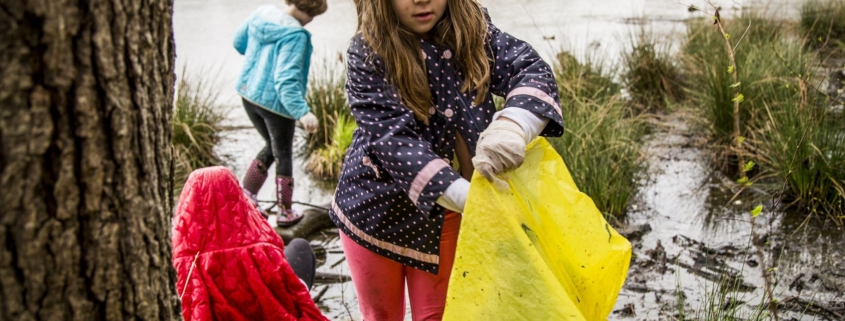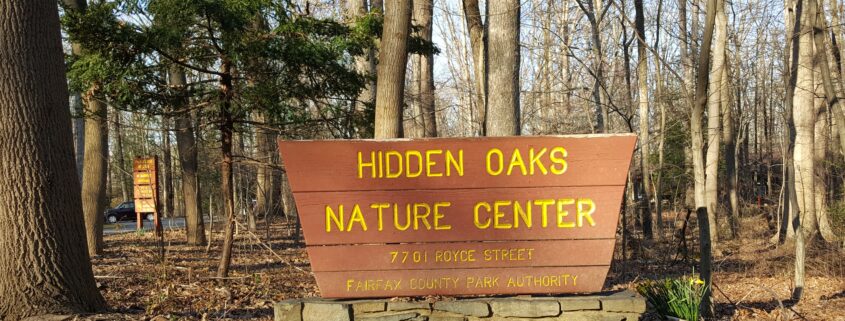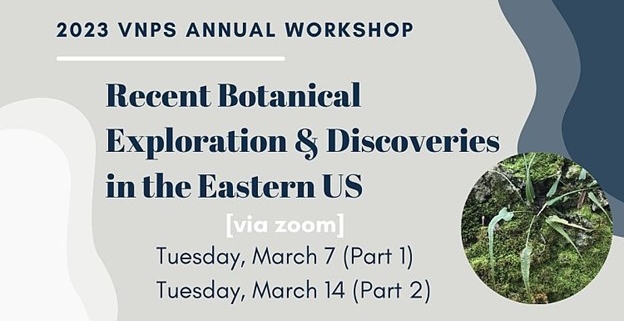Landscaping With A Conscience
Photos courtesy of Steph Johnson
I do not recall ever writing a success story about an FMN volunteer before their training class even graduates but there always seems to be a first time for everything.
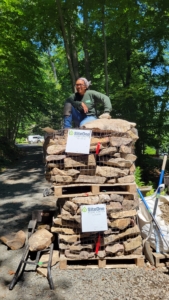 VMN trainee (Fairfax Chapter) Stephanie Johnson was recently featured in a newsletter article published by the Northern Virginia Conservation Trust. Steph is in the current Spring 2023 FMN class and is also a Master Gardener, a member of the Native Plant Society, a small business owner, conservationist, and landscape designer.
VMN trainee (Fairfax Chapter) Stephanie Johnson was recently featured in a newsletter article published by the Northern Virginia Conservation Trust. Steph is in the current Spring 2023 FMN class and is also a Master Gardener, a member of the Native Plant Society, a small business owner, conservationist, and landscape designer.
I know from speaking with her that she has a positive conviction for native landscaping and life in general, so her journey makes for a compelling story. I asked Steph if FMN could publish the link to her story and she replied, “I dont mind. It’s nice when the community unites to support the fight against invasives and the promotion of native habitat. It’s a tough fight solo.”



